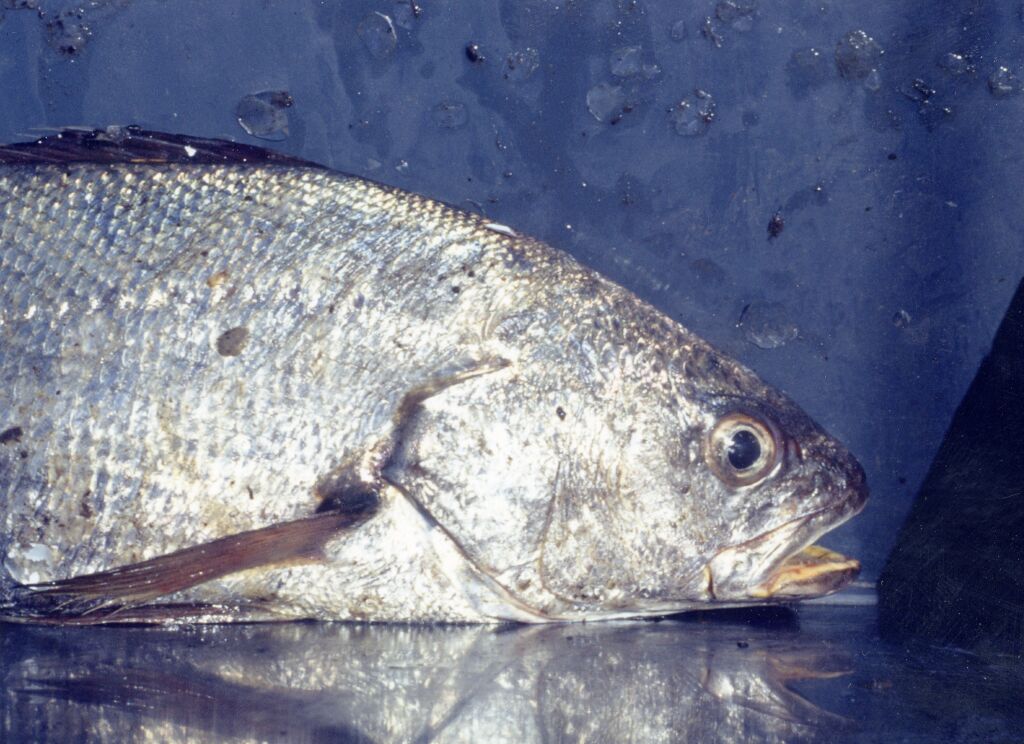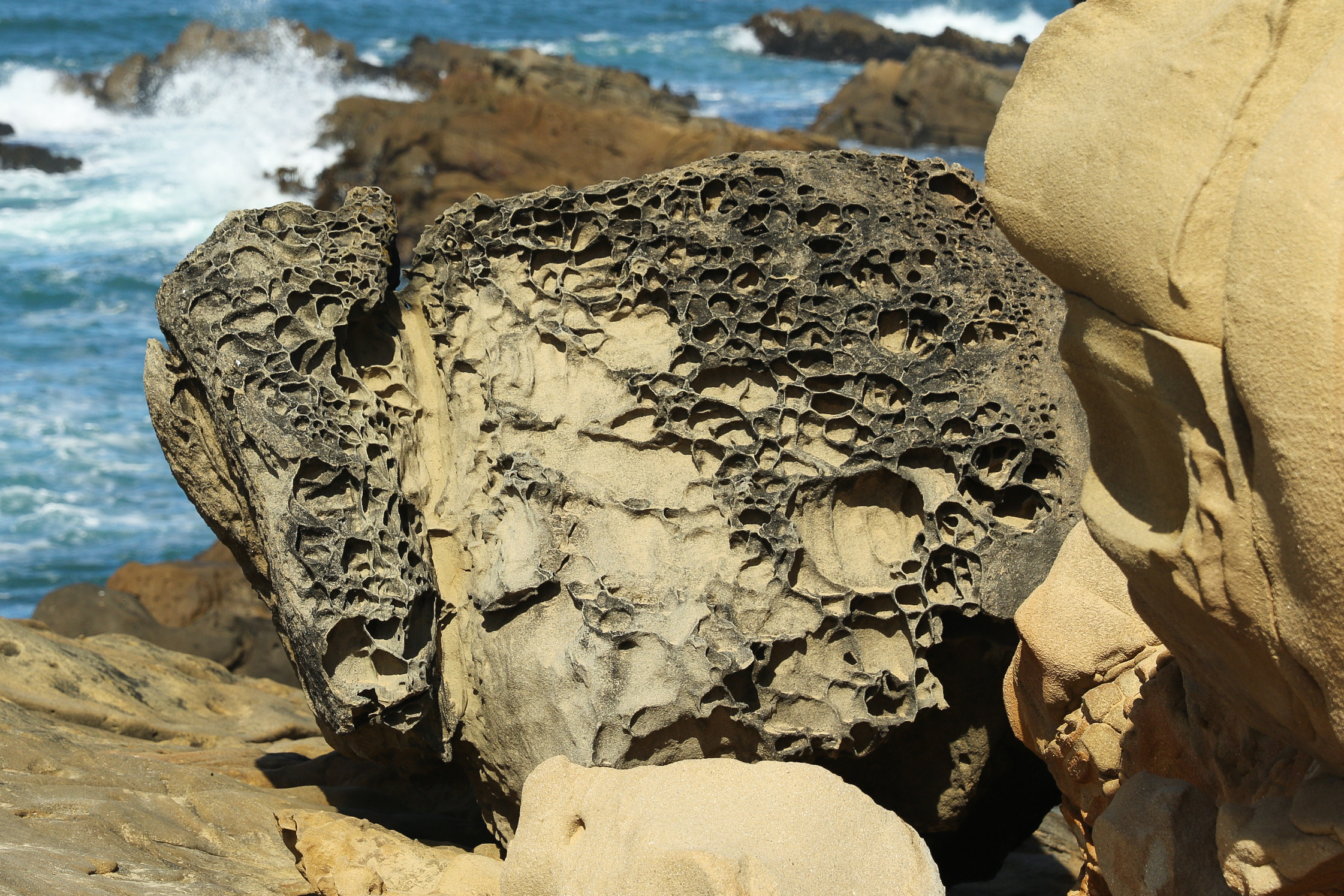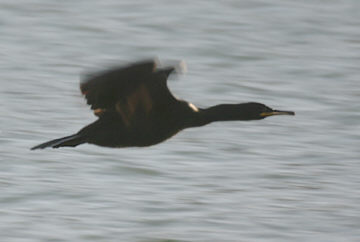|
Spargi Island
Spargi is an island of Italy. It is situated in the Maddalena archipelago, in the Strait of Bonifacio between Corsica and Sardinia. It is the third largest island in the archipelago, and is uninhabited. It is within the Arcipelago di La Maddalena National Park. The landscape is rugged granite, with some porphyry. The island is more-or-less circular. The only source of fresh water is rainfall. The coast is marked by coves and sandy beaches. The hinterland is almost impenetrable. Plant life includes ''Cistus'', strawberry tree, juniper and mastic. During the 19th century, Natale Berretta, an alleged bandit, hid on the island and managed to elude searchers. When his name was cleared, he brought his family over and settled down. The Spargi wreck is a Roman ship dating from , discovered in 1939. It was a cargo vessel, carrying amphorae of wine. Finds from it are conserved in the Nino Lamboglia Museum in La Maddelena. Spargi was garrisoned during both World Wars. Some of the f ... [...More Info...] [...Related Items...] OR: [Wikipedia] [Google] [Baidu] |
Strait Of Bonifacio
The Strait of Bonifacio (french: Bouches de Bonifacio; it, Bocche di Bonifacio; co, Bucchi di Bunifaziu; sdn, Bocchi di Bunifaciu; sc, Buccas de Bonifatziu; lij, Bocche de Bunifazziu; lat, Fretum Gallicum, Fretum Taphros) is the strait between Corsica and Sardinia, named after the Corsican town Bonifacio. It is wide and divides the Tyrrhenian Sea from the western Mediterranean Sea. The strait is notorious among sailors for its weather, currents, shoals, and other obstacles. The most famous disaster in the Strait of Bonifacio was that of the French frigate '' Sémillante'' on February 15, 1855. ''Sémillante'' had left the port of Toulon the day before on her way into the Black Sea to supply the Crimean War with troops. A storm caused her to hit a reef; the ship sank and none of the 750 soldiers on board survived. After a tanker disaster in 1993, the passage through the Strait of Bonifacio has been prohibited for French and Italian flag ships with dangerous goods. Passa ... [...More Info...] [...Related Items...] OR: [Wikipedia] [Google] [Baidu] |
Juniper
Junipers are coniferous trees and shrubs in the genus ''Juniperus'' () of the cypress family Cupressaceae. Depending on the taxonomy, between 50 and 67 species of junipers are widely distributed throughout the Northern Hemisphere, from the Arctic, south to tropical Africa, throughout parts of West Asia, western, Central Asia, central and South Asia, southern Asia, east to eastern Tibet in the Old World, and in the mountains of Central America. The highest-known juniper forest occurs at an altitude of in southeastern Tibet and the northern Himalayas, creating one of the highest tree lines on earth. Description Junipers vary in size and shape from tall trees, tall, to columnar or low-spreading shrubs with long, trailing branches. They are evergreen with needle-like and/or scale-like leaves. They can be either monoecious or dioecious. The female Conifer cone, seed cones are very distinctive, with fleshy, fruit-like coalescing scales which fuse together to form Juniper berry, a&n ... [...More Info...] [...Related Items...] OR: [Wikipedia] [Google] [Baidu] |
Aplysina Cavernicola
''Aplysina cavernicola'' is a species of sponge in the family Aplysinidae. It is native to the Mediterranean Sea where it grows in caves and under overhangs. Description ''Aplysina cavernicola'' forms clumps that may be up to across. It has a base that adheres to a rock or other hard surface, out of which project a number of finger-like processes up to long and in diameter. The surface is sparsely covered with small conical protrusions, which are caused by the tips of horny fibres embedded in the tissues. There are no spicules, structural support being provided by a mesh of spongin fibres. Water is drawn in through pores known as ostia at the base of the sponge and ejected from the oscuili which are situated in slight depressions at the tips of the processes. The body colour is yellowish. Ecology This sponge is a hermaphrodite; ciliated larvae known as parenchymella larvae are released into the water and soon settle in a suitable location and undergo metamorphosis into juven ... [...More Info...] [...Related Items...] OR: [Wikipedia] [Google] [Baidu] |
Barracuda
A barracuda, or cuda for short, is a large, predatory, ray-finned fish known for its fearsome appearance and ferocious behaviour. The barracuda is a saltwater fish of the genus ''Sphyraena'', the only genus in the family Sphyraenidae, which was named by Constantine Samuel Rafinesque in 1815. It is found in tropical and subtropical oceans worldwide ranging from the eastern border of the Atlantic Ocean to the Red Sea, on its western border the Caribbean Sea, and in tropical areas of the Pacific Ocean. Barracudas reside near the top of the water and near coral reefs and sea grasses. Barracudas are targeted by sport-fishing enthusiasts. Etymology The common name "barracuda" is derived from Spanish, with the original word being of possibly Cariban origin. Description Barracuda are snake-like in appearance, with prominent, sharp-edged, fang-like teeth, much like piranha, all of different sizes, set in sockets of their large jaws. They have large, pointed heads with an underbi ... [...More Info...] [...Related Items...] OR: [Wikipedia] [Google] [Baidu] |
Sea Bream
The Sparidae are a family of fish in the order Perciformes, commonly called sea breams and porgies. The sheepshead, scup, and red seabream are species in this family. Most sparids are deep-bodied compressed fish with a small mouth separated by a broad space from the eye, a single dorsal fin with strong spines and soft rays, a short anal fin, long pointed pectoral fins and rather large firmly attached scales. They are found in shallow temperate and tropical waters and are bottom-dwelling carnivores. There are hermaphrodites in the Sparidae. Protogyny and protandry appear sporadically through this lineage of fish. Simultaneous hermaphrodites and bi-directional hermaphrodites do not appear as much since Sparidae are found in shallower waters. Species of fish that express a hermaphroditic condition usually "lack a genetic hardwire", therefore ecological factors play a role in sex determination. Most species possess grinding, molar-like teeth. Eating the head is known to cause hallu ... [...More Info...] [...Related Items...] OR: [Wikipedia] [Google] [Baidu] |
Argyrosomus Regius
''Argyrosomus regius'', also known as the meagre, croaker, jewfish, shade-fish, sowa, kir, corvina, salmon-bass or stone bass, is a species of fish of the family Sciaenidae. This large fish has a pearly-silver to brownish coloration and a yellow-coloured mouth. It is native to the eastern Atlantic Ocean, as well as the Mediterranean and Black Seas. Taxonomy ''Argyrosomus regius'' was first formally described in 1801 as ''Perca regia'' by the Spanish diplomat, naturalist, lawyer and historian Ignacio Jordán Claudio de Asso y del Rio with the type locality given as La Rochelle in Charente-Maritime on the Bay of Biscay coast of France. The specific name ''regius'' means “royal”, this was not explained by Asso but may be a Latinisation of the Catalan name for this species, ''reix''. Description ''Argyrosomus regius'' has a relatively large head with quite small eyes, the large mouth is at the terminal position and it has an elongated body. The lateral line is easily seen ... [...More Info...] [...Related Items...] OR: [Wikipedia] [Google] [Baidu] |
Grouper
Groupers are fish of any of a number of genera in the subfamily Epinephelinae of the family Serranidae, in the order Perciformes. Not all serranids are called "groupers"; the family also includes the sea basses. The common name "grouper" is usually given to fish in one of two large genera: ''Epinephelus'' and ''Mycteroperca''. In addition, the species classified in the small genera ''Anyperidon'', ''Cromileptes'', ''Dermatolepis'', ''Graciela'', ''Saloptia'', and ''Triso'' are also called "groupers." Fish in the genus ''Plectropomus'' are referred to as "coral groupers." These genera are all classified in the subfamily Epiphelinae. However, some of the hamlets (genus ''Alphestes''), the hinds (genus ''Cephalopholis''), the lyretails (genus ''Variola''), and some other small genera (''Gonioplectrus'', ''Niphon'', ''Paranthias'') are also in this subfamily, and occasional species in other serranid genera have common names involving the word "grouper." Nonetheless, the word "grou ... [...More Info...] [...Related Items...] OR: [Wikipedia] [Google] [Baidu] |
Tafoni
Although various definitions can be found in the scientific literature, tafoni (singular: tafone) are commonly defined as small (less than ) to large (greater than ) cavity features that develop in either natural or manmade, vertical to steeply sloping, exposures of granular rock (i.e., granite, sandstone) with smooth concave walls, and often round rims and openings. Recognized subcategories of tafoni include ''honeycomb'', ''stonelace'', ''alveolar'' (less than ), ''sidewall'', ''basal'', ''nested'', and ''relic tafoni''. It is also commonly synonymous with ''nido d’ape roccioso'' in Italian.Paradise, T.R., 2013. ''Tafoni and other rock basins.'' In: Shroder, J. (Editor in Chief), Pope, G.A., (Ed.), ''Treatise on Geomorphology.'' Academic Press, San Diego, CA, vol. 4, Weathering and Soils Geomorphology, pp.111–126. The etymology of the word ''tafoni'' is unclear. Tafoni may come from the Greek word ''taphos'', ''tomb'', or it may stem from a Corsican or Sicilian word for '' ... [...More Info...] [...Related Items...] OR: [Wikipedia] [Google] [Baidu] |
Northern Storm Petrel
Northern storm petrels are seabirds in the genus ''Hydrobates'' in the family Hydrobatidae, part of the order Procellariiformes. The family was once lumped with the similar austral storm petrels in the combined storm petrels, but have been split, as they were not closely related. These smallest of seabirds feed on planktonic crustaceans and small fish picked from the surface, typically while hovering. Their flight is fluttering and sometimes bat-like. The northern storm petrels are found in the Northern Hemisphere, although some species around the Equator dip into the south. They are strictly pelagic, coming to land only when breeding. In the case of most species, little is known of their behaviour and distribution at sea, where they can be hard to find and harder to identify. They are colonial nesters, displaying strong philopatry to their natal colonies and nesting sites. Most species nest in crevices or burrows, and all but one species attend the breeding colonies nocturnall ... [...More Info...] [...Related Items...] OR: [Wikipedia] [Google] [Baidu] |
Audouin's Gull
Audouin's gull (''Ichthyaetus audouinii'') is a large gull restricted to the Mediterranean and the western coast of Saharan Africa and the Iberian Peninsula. The genus name is from Ancient Greek ''ikhthus'', "fish", and ''aetos'', "eagle", and the specific ''audouinii'' and the English name are after the French naturalist Jean Victoire Audouin. It breeds on small islands colonially or alone, laying 2–3 eggs on a ground nest. As is the case with many gulls, it has traditionally been placed in the genus ''Larus''. In the late 1960s, this was one of the world's rarest gulls, with a population of only 1,000 pairs. It has established new colonies, but remains rare with a population of about 10,000 pairs. This species, unlike many large gulls, rarely scavenges, but is a specialist fish eater, and is therefore strictly coastal and pelagic. This bird will feed at night, often well out to sea, but also slowly patrols close into beaches, occasionally dangling its legs to increase drag. ... [...More Info...] [...Related Items...] OR: [Wikipedia] [Google] [Baidu] |
European Shag
The European shag or common shag (''Gulosus aristotelis'') is a species of cormorant. It is the only member of the monotypic genus ''Gulosus''. It breeds around the rocky coasts of western and southern Europe, southwest Asia and north Africa, mainly wintering in its breeding range except for the northernmost birds. In Britain this seabird is usually referred to as simply the shag. The scientific genus name derives from the Latin for glutton. The species name ''aristotelis'' commemorates the Greek philosopher Aristotle. Taxonomy The European shag was formerly classified within the genus ''Phalacrocorax'', but a 2014 study found it to be significantly more diverged than the clade containing ''Phalacrocorax'' and ''Urile'', but basal to the clade containing ''Nannopterum'' and ''Leucocarbo'', and thus classified it in its own genus, ''Gulosus''. The IOC followed this classification in 2021. ''Gulosus'' is thought to have split from the ''Nannopterum''-''Leucocarbo'' clade betwe ... [...More Info...] [...Related Items...] OR: [Wikipedia] [Google] [Baidu] |
La Stampa
''La Stampa'' (meaning ''The Press'' in English) is an Italian daily newspaper published in Turin, Italy. It is distributed in Italy and other European nations. It is one of the oldest newspapers in Italy. History and profile The paper was founded by Vittorio Bersezio, a journalist and novelist, in February 1867 with the name ''Gazzetta Piemontese''. In 1895, the newspaper was bought (and by then edited) by Alfredo Frassati (father of Pier Giorgio Frassati), who gave it its current name and a national perspective. For criticising the 1924 murder of the socialist Giacomo Matteotti, he was forced to resign and sell the newspaper to Giovanni Agnelli. The financier Riccardo Gualino also took a share. The paper is now owned by GEDI Gruppo Editoriale, and has a centrist stance. The former contributors of ''La Stampa'' include Italian novelist Alberto Moravia. ''La Stampa'', based in Turin, was published in broadsheet format until November 2006 when the paper began to be publishe ... [...More Info...] [...Related Items...] OR: [Wikipedia] [Google] [Baidu] |






